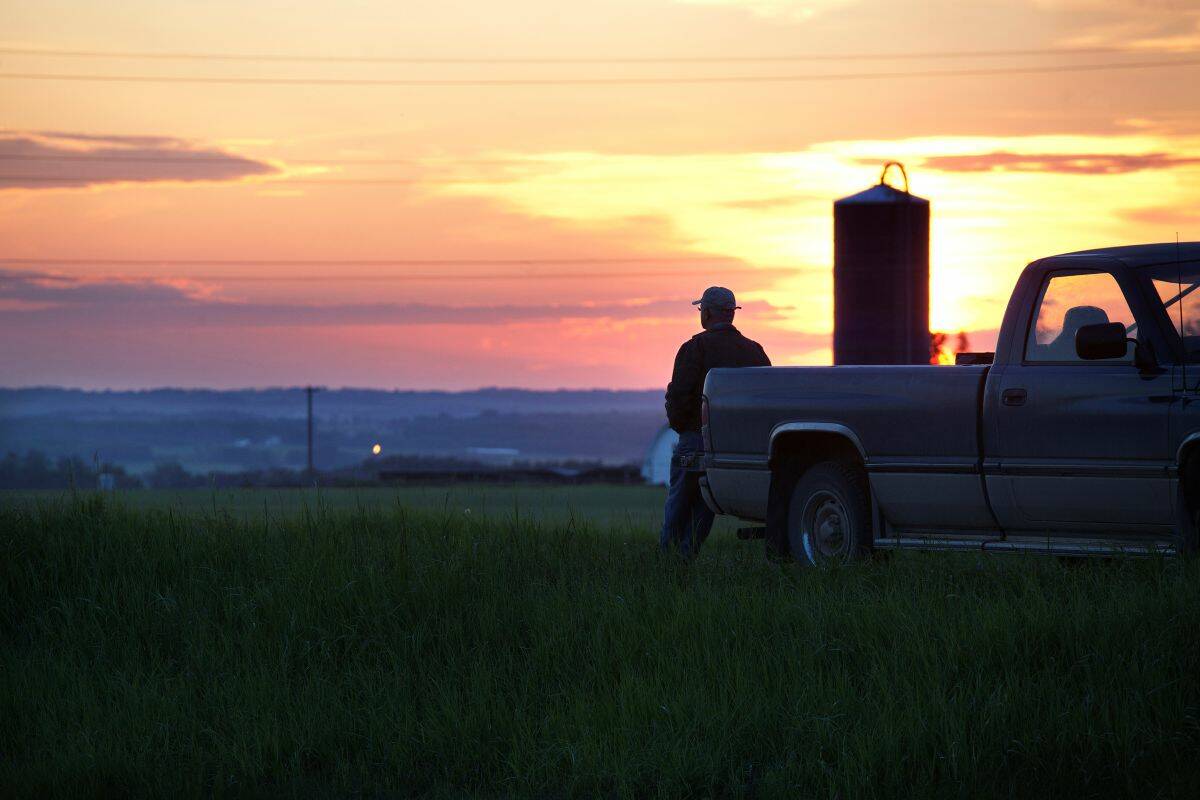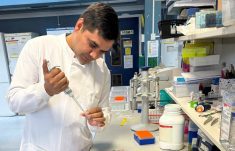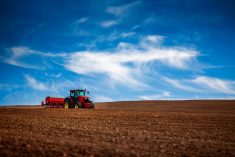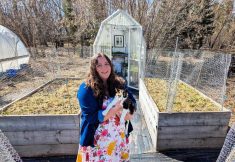THERE IS A LONG LISTof reasons why organic farming has grown so fast on the Canadian Prairies, yet not many of those reasons are actually pro-organic, at least at first blush.
For instance, there was the decades-long crunch in commodity prices that forced many farmers to consider something new, plus the undeniable reality that the hyper-efficient farm equipment that’s needed to compete in today’s grains markets simply isn’t affordable on the historic small half section or section farm.
Read Also

It doesn’t have to be the end for your farm
Options for farmers without successors to pass on the farm.
All of this left a large group of producers with some tough choices. They either had to sign on to the go-big-or-go-home philosophy, putting their farms and everything they had worked for on the line, or they had to sell up.
Or just maybe there was a third way, i.e. to start playing a new game.
Many chose to exit the business entirely. Others chose to expand. And a small handful decided to try something different.
Organic farmer Ian Cushon says he wasn’t much different from the other people who began adopting organic techniques at the time. He’d begun farming on the family operation in 1981, and like any new farmer of the era he’d found it a tough slog. Then in the mid-1980s the operation hit a bad grasshopper year and he spent a season battling those bugs, all the while becoming increasingly concerned about the products he was using and their potential impact on his own health.
“In the end I just decided that with our older equipment, I didn’t want to handle those products all that badly,” Cushon explains. But it was 1985. The farm economy of the region was in tatters and it was losing the battle to high interest rates. Cushon just couldn’t see how he could justify investing in newer machinery.
Cushon decided he wanted to see if there was a way to pursue his dream of farming that was less economically risky.
“I set aside one quarter section, really just as an experiment, and I farmed it organically,” Cushon says. The results were promising enough that he continued to pursue organic agriculture in subsequent years, converting the whole operation, which was about a section at the time, to full organic production by 1992. Today the farm is roughly 1,000 acres.
But figuring out the ins and outs of farming without a warehouse of modern chemical and biotech tools was just one challenge that these growers had to face. They also had to figure out how to find and grow their own markets, since none of the established grain-marketing agencies or firms were yet set up to handle organic products.
“It was a real voyage of discovery,” Cushon says. “But we discovered that the market was there. We could reach a reasonable level of return and not have $150 an acre in input costs and risk.”
These were the major questions that early organic growers grappled with and that Cushon was widely recognized as being on top of, which led to a lot of invitations to speak at various grower groups and even a regular column in the Prairie farm newspaper the Western Producer. Cushon became very well known in the sector for freely and happily sharing his knowledge with fellow growers — something one observer says is a trait which has long distinguished the organic sector.
Martin Entz is a plant science professor at the University of Manitoba who has worked closely with the organic sector since the early 1990s, when he established the Glenlea Study at the U of M’s Glenlea Research Farm, just south of Winnipeg. After 18 seasons, it’s the longest-running study in Canada comparing organic and conventional production systems.
After working many years with producers in the sector, Entz says growers like Cushon built something very important in those early years that goes well beyond just working out a viable production system that doesn’t rely on manufactured inputs.
“I’ve only ever seen that sort of willingness to share knowlege in a couple of other areas in agriculture — the early zero-till farmers and the people in natural grazing,” Entz says. “They built a community very, very quickly, and they should be acknowledged for that.
“Ian is always looking for that next opportunity to share knowledge and build community,” Entz adds. “And it’s important to note that while Ian and non-organic producers don’t always agree on everything, when they do disagree, they do so very politely.”
Having that kind of leadership in the sector is always going to be important, Entz says, because organic growers in this region will always be a small part of a much larger agriculture industry.
Cushon doesn’t expect that to change overnight. Going forward, however, Cushon thinks spending more time grappling with fundamental questions of how to grow good crops without inputs could pay dividends for all growers, organic and conventional.
“Agriculture has benefited greatly from the availability of cheap energy and nutrients — but what will we do if they’re not as readily available or as cheap?” Cushon asks. “What are we going to do then?
“Organic agriculture can look at some of these questions for all farmers and some of these tools certainly have value for all farmers.”
———
“ It was a real voyage of discovery, but we discovered the (organic) market was there.” — Ian Cushon















